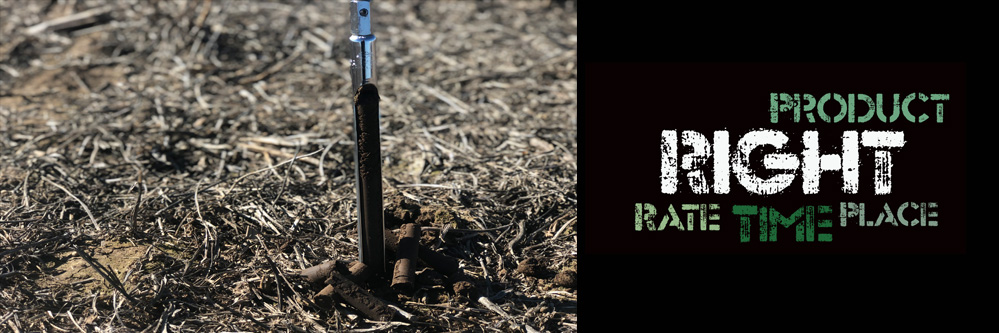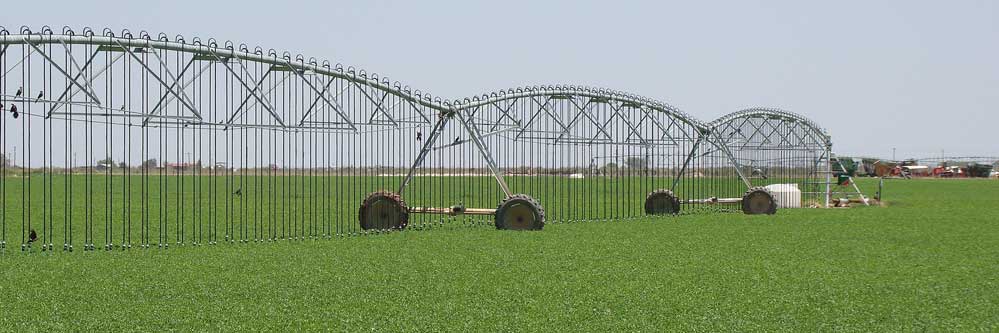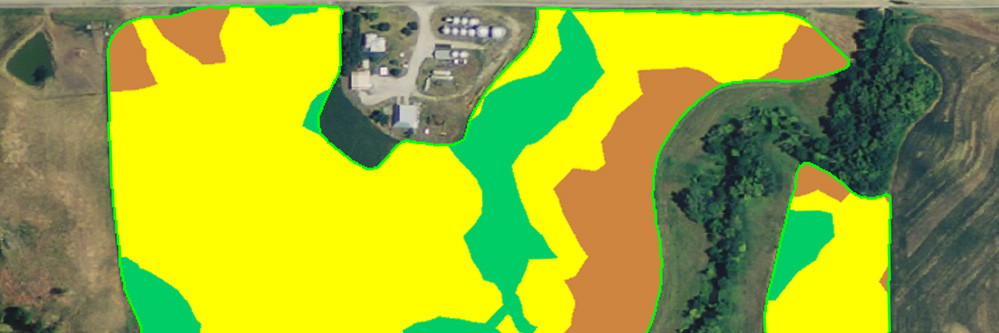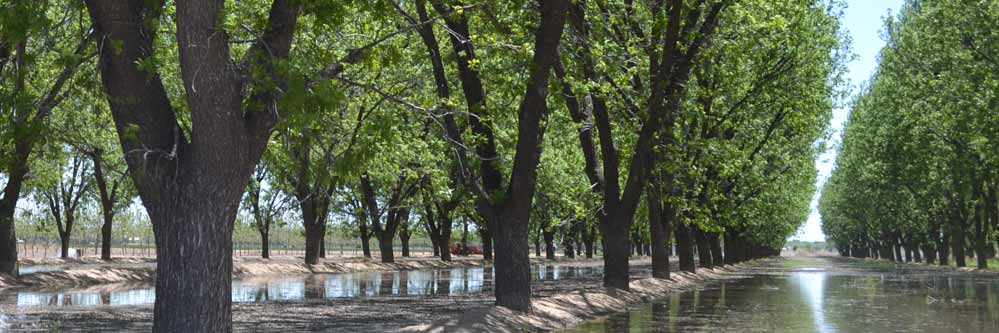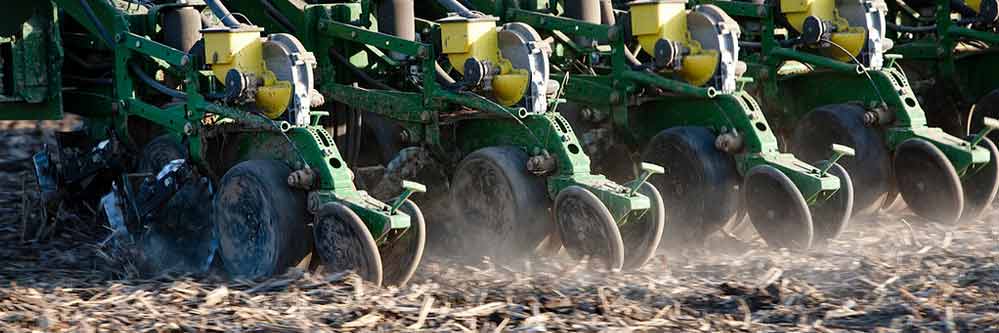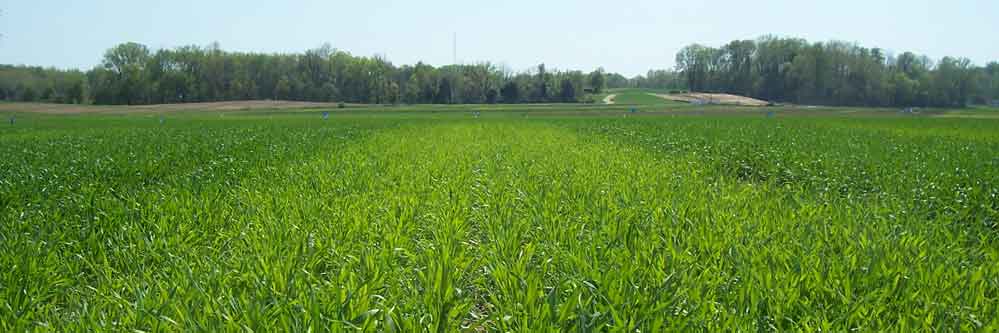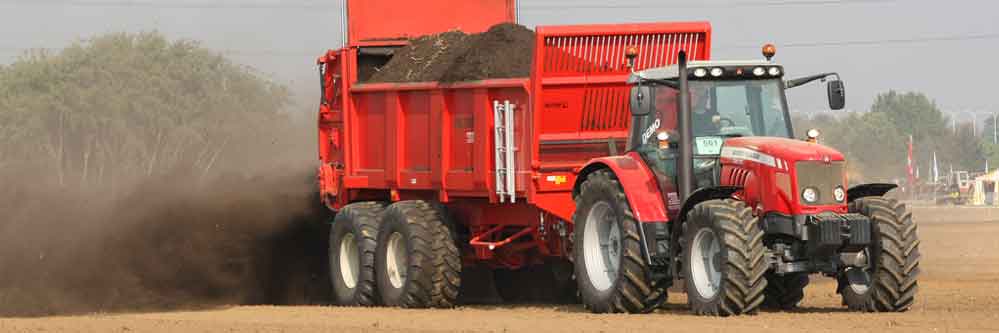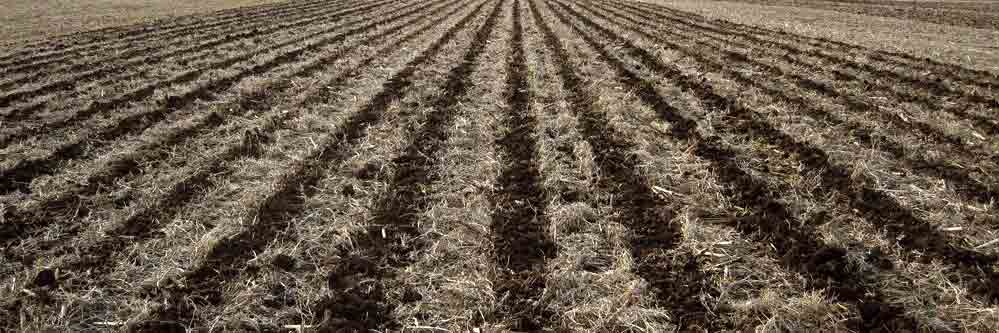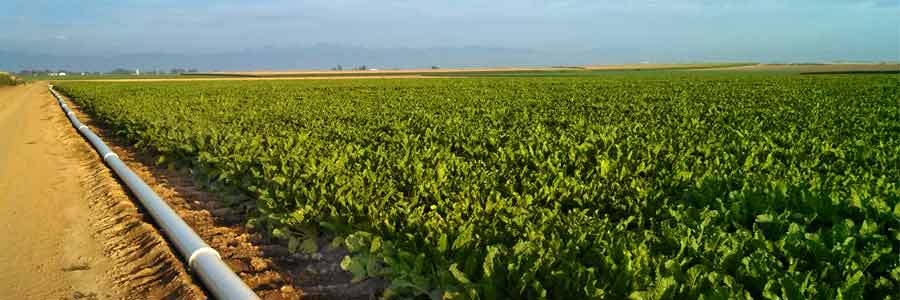Nitrogen Applications Offer Growers Flexibility
As with any biological system, very few decisions about production inputs in your operation ever have a single solution. The advantages and disadvantages of the options need to be thoroughly analyzed. Agronomists often consider the four R’s when developing a fertilization scheme: The Right product, at the Right time, at the Right rate, at the Right place. Specifically considering nitrogen fertilization options, [...]
